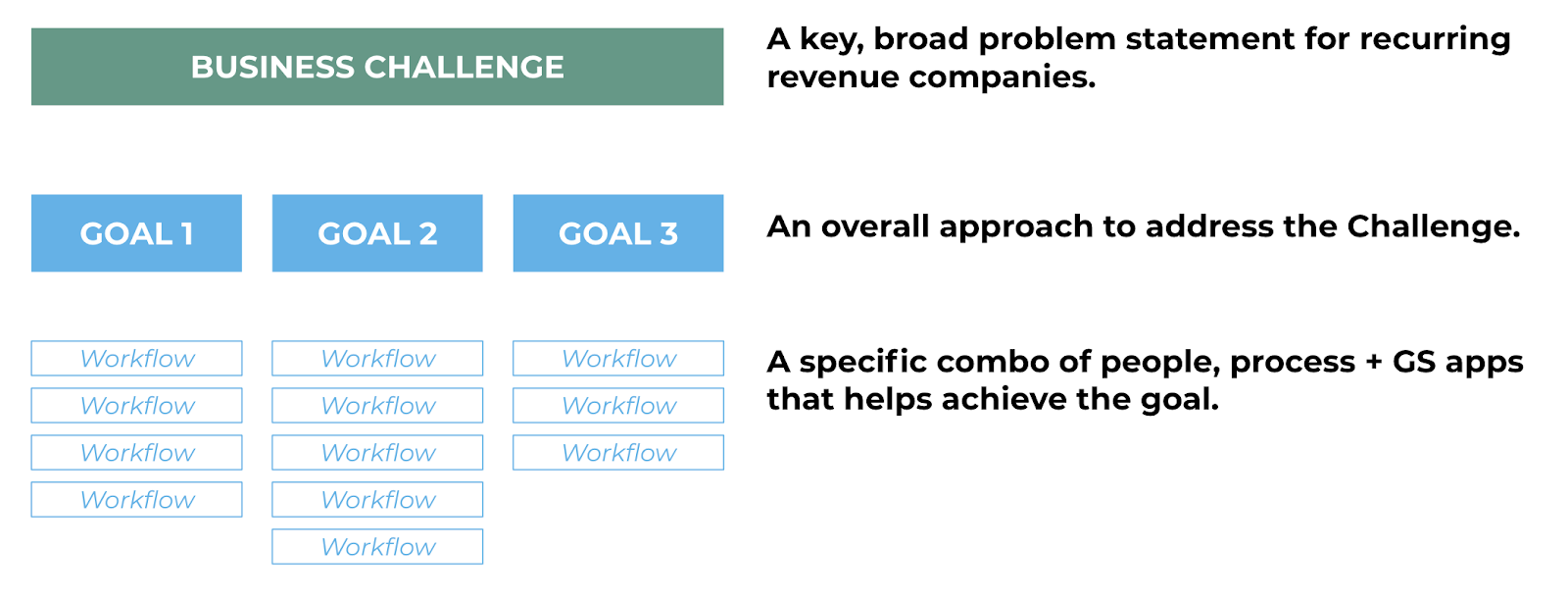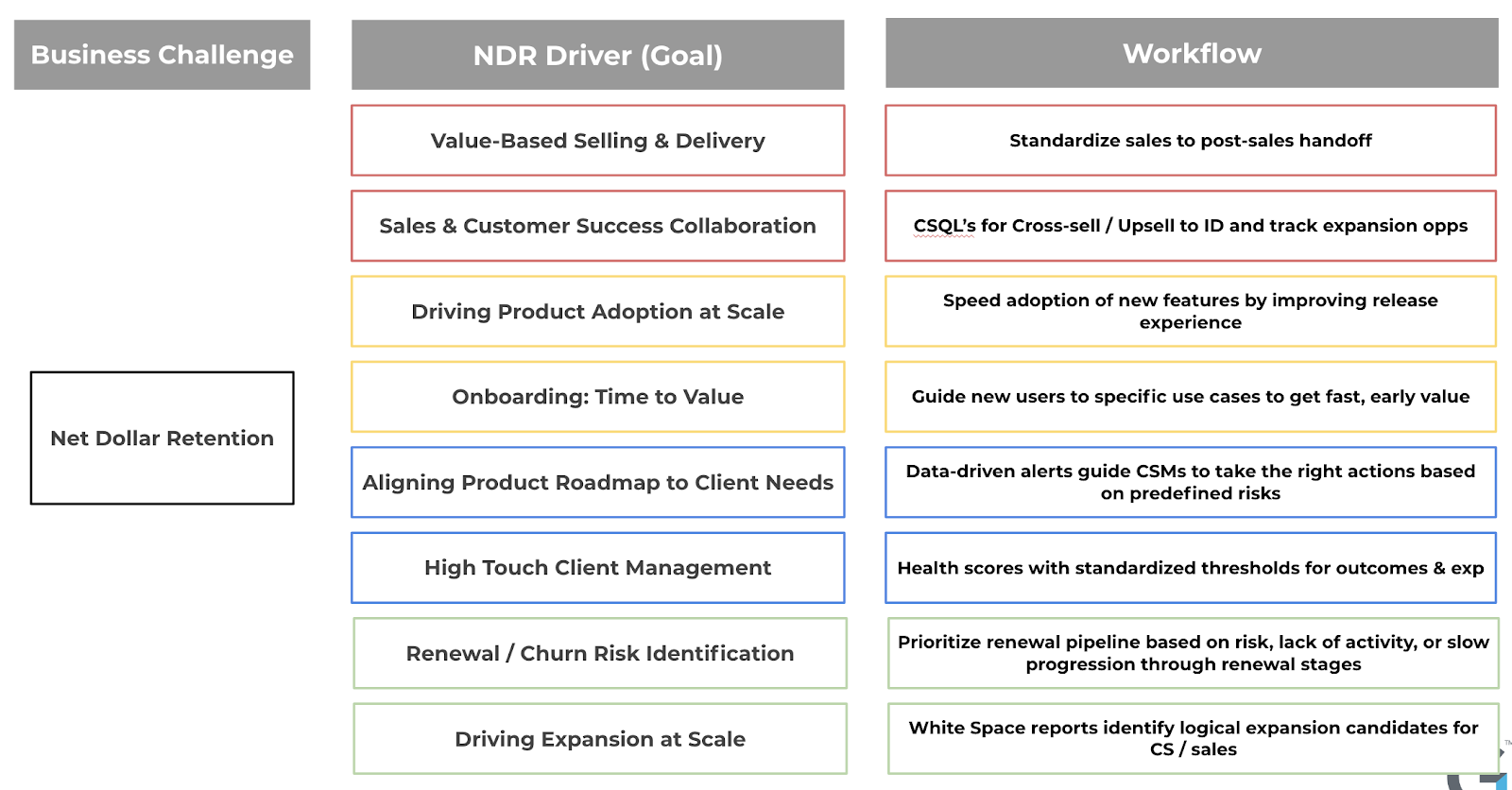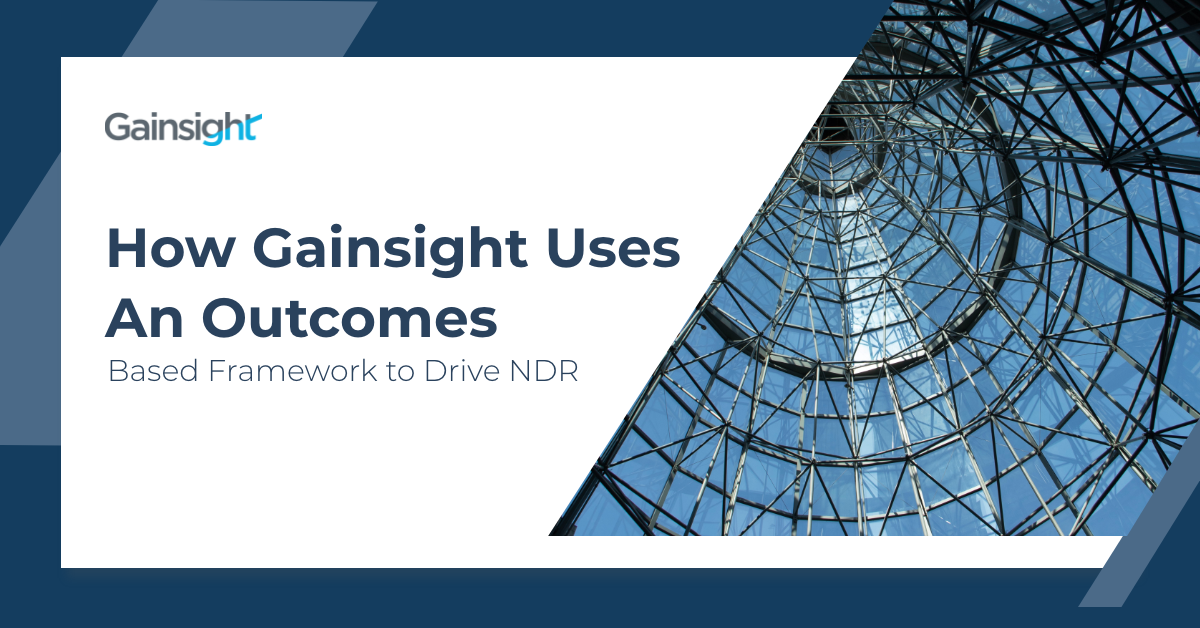Well, we made it to 2021, everyone! Before you start patting yourself on the back, take a look at your company’s customer base. You will probably notice a fairly consistent trend over the last year, which is you have many customers who did not expand their relationship with you.
The lack of expansion is acceptable and somewhat expected considering the circumstances of 2020. However, now is the time to double down on customer growth and re-capture some of that expansion that never happened last year.
The reason why this is so critical boils down to one ultimate metric: your Net Dollar Retention (NDR) Rate.
You may have recently heard about the importance of Net Dollar Retention from Nick’s blog post earlier in the month, as well as the webinar we did with Bessemer Venture Partners. The blog post and webinar were more focused on why Net Dollar Retention is so important. But how do we go about improving it? To break this down into more detail, I have taken the eight NDR “Drivers” discussed in the webinar and aligned them to our Outcomes Framework that we use at Gainsight.

For those unfamiliar with Gainsight’s Outcomes Framework, it’s how we tie together and produce results.
- Examine high-level challenges that a business is facing
- Create specific goals that the business has defined to address those challenges
- Develop more specific workflows that outline how to achieve those goals through a combination of people, process, and Gainsight functionality.
For Net Dollar Retention, it should look something like this:

The workflows I have highlighted are just one example of a process you could institute to achieve the stated goal. However, there is a 1:Many relationship between goals and workflows. The specific workflow that is right for you depends on several different factors. They include organizational structure, roles, responsibilities, business model, and overall maturity in your company’s journey.
The other thing to point out is how you can start to see logical groupings for these goals. I have paired them together to create four distinct groups:
- Value Selling Through Cross-Functional Collaboration
- Driving Product Adoption to Accelerate Time to Value
- Aligning Product Experience with High Touch Client Management
- Driving Renewals & Expansion at Scale
Within each of these groupings, there are massive opportunities for synergistic processes to be developed to start leveraging technology. These processes will, in turn, increase the team’s efficiency while moving the needle on your Net Dollar Retention rate. Let’s take a quick look at each one.
Value Selling Through Cross-Functional Collaboration
There is increased energy and focus around value selling and delivery right now. What does it mean, and how do you do it? At Gainsight, we recently rolled out a brand new value selling methodology. We also have some exciting product features coming out later this year to drive this approach even further.
Our new methodology focuses on what each function needs to do by more effectively selling and delivering value.
- Sales – Develop a value hypothesis that aligns to a predefined “Outcomes Library” containing the most common outcomes our customers achieved. Then, ensure that this information is captured and operationalized within your CRM and Gainsight.
- Services / Onboarding – Design and build out the specific workflows. Then, explicitly align them to the outcomes that Sales identified. Re-validate this alignment at the end of the onboarding process.
- Customer Success – Use the set of aligned outcomes and workflows as the foundation for an ROI Success Plan that evolves, facilitates executive business reviews and the overall relationship.
Driving Product Adoption to Accelerate Time to Value
We hear many organizations talk about Time to Value. Several factors go into achieving it quickly. However, one of the most important pieces to focus on is how your customers are using your product in the first 30, 60, and 90 days post-launch.
The key things that we emphasize in the early days of product usage include:
- Enablement – There’s nothing worse than being an end-user of a new application and having no idea how to use it effectively. We recommend leveraging in-app enablement tools to ensure that your end-users are maximizing value with your product.
- Feedback – It’s also important to provide end users opportunities to give feedback and ask questions. They must feel like they have a voice for how the product can best integrate with their organization’s processes.
- Journeys – We talk a lot about doing things at scale at Gainsight. Driving product adoption is one area where you can easily do that by creating personalized, step-by-step programs. They offer end-users the right content at the right time, with minimal human intervention needed.
Aligning Product Experience with High Touch Client Management
High Touch Client Management includes numerous best practices such as Executive Business Reviews and Success Planning. One capability that we see best-in-class companies building into their High Touch segment is closed-loop product feedback processes. To accomplish this means building out workflows where your customers can surface potential risks, bugs, and enhancements. Then, workflows can be prioritized by the appropriate teams within your organization.
There two additional big themes we’re seeing in High Touch Client Managements. First is a much more detailed and strategic renewal playbook that not only sets you up for renewal but ideally an expansion, as well. The second is a multi-threaded stakeholder alignment; It helps identify the key personas within your customer’s organization and then maps paths to your company’s right individuals.
Driving Renewals & Expansion at Scale
In addition to the aforementioned high touch renewal playbook, there are two other areas that we see mature organizations double down on when it comes to growth and expansion:
- Predictive Health Scoring for Likelihood to Renew – As the subscription model shift continues, renewal events will become more common. It is increasingly important to accurately forecast how many dollars you will be able to renew each year. With that in mind, many organizations are modifying their health score to ensure that it incorporates less traditional yet still important commercial metrics that may factor into a company’s decision to remain with you (i.e., contract terms & duration).
- Automated Whitespace Identification – The last area is one of the most important when driving your Net Dollar Retention, especially as we observe the uptick in mergers and acquisitions in the enterprise software industry. This change has resulted in organizations with substantial product portfolios. However, they are less aware of what additional products should be proposed to customers based on current relationships. We recommend starting by thinking about a few different scenarios that you can try and automate. For instance, if there is high usage in Product X, then the customer might be interested in trying out Product Y. Consider incorporating additional logic once you have proven those early scenarios out.
As you can see, each one of these four areas has vast potential value to be unlocked as you determine how you want to go about impacting your Net Dollar Retention rate. We want to go even deeper into the details of how you can build these processes out. So, we’ll be conducting webinars for each of the four areas in the coming weeks. We’ll talk about how to roll these processes out and hear from other companies that do these things well.
We’re excited to continue discussing Net Dollar Retention and how you can improve this critical metric for your organization.

